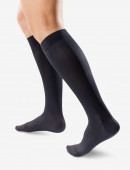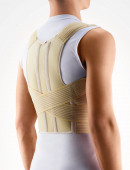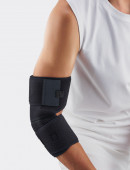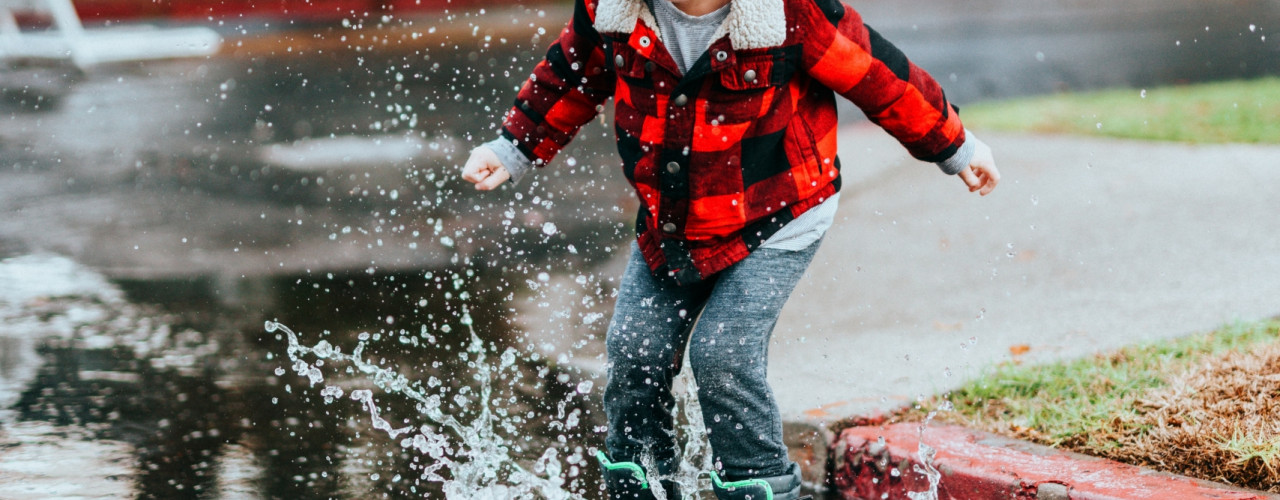A sprained ankle – happens to many. Especially to children and young athletes. Although it seems that an ankle sprain is a light injury, not demanding special treatment, the specialists indicate: it is a body injury, that sometimes needs to be treated seriously, in order not to experience any consequences in the future.
A sprained ankle – happens to many. Especially to children and young athletes. Although it seems that an ankle sprain is a light injury, not demanding special treatment, the specialists indicate: it is a body injury, that sometimes needs to be treated seriously, in order not to experience any consequences in the future.
A Minor Injury, Harsh Pain
It is just a flash of a second, when a child may get an injury: unintentional falling, jumping from an obstacle, sports injury, or something else and a harsh pain in the ankle, as a result. Sometimes it is so harsh, that it is impossible to go further. But it seemed like the injury was very light. The first fear: is it broken? Oh no, it is just a sprained ankle! It seems unimportant, but the doctors warn not to treat the injury lightly!
The most common causes of a sprained ankle:
- sports injury,
- jumping from heights,
- sliding.
Ease the Pain, Seek Help
A sprained ankle or strained ligaments is an unpleasant thing and serious attention needs to be paid to its treatment, to remain without consequences.
The most characteristic symptoms for a sprained ankle:
- pain,
- oedemas,
- haemorrhage (bruising)
- unstable ankle joint.
At the moment of the injury, when the ankle bends in an unnatural position, the surfaces of the joint lose mutual contact and an ankle strain (sprain) forms, which may even be so severe, that sometimes it is even impossible to move the injured part. A haemorrhage forms, because, as a result of injury (at the moment of straining the ligaments) blood vessels are damaged, and the blood enters the subcutaneous tissue. If the oedema is heavy and the haemorrhage is large, this combination may create pressure on the nerve in the place of injury, creating numbness. Yet, with time it passes.
Although it may seem like a sprained ankle is a minor problem, doctors warn that it may be a more serious injury than a fracture, therefore they strongly suggest seeking help from a professional.
Immediately after the injury, in order not to complicate the situation of the injured child, the leg needs to be placed in a horizontal position and fixed, excluding any movement. If it is not possible to reach a medical institution at that moment, the pain and the oedema may be reduced with a cold compress, which may be an ice bag wrapped in cloth, a cold water compress or something else which is cold. Today, special cooling aerosols are available, but doctors warn to be careful with them, and not to freeze the injured body part. The aerosol has to be sprayed from a distance of at least 30 centimetres. These aerosols may not be used if the skin is bruised. Cooling both reduces the haemorrhage and oedema and diminishes the pain.
Treatment Without Rush
In the case of a sprained ankle, it is important to seek medical help to make sure there is no rupture. The first method of examination is an X-ray scan. Yet, based on this it is impossible to determine the severity of the ligament injury, therefore, in more complicated cases, even if there is no fracture, another radiological examination may be needed.
In the case of strained ligaments, it is important to remove any physical activity involving the leg, which means, spending the first week at rest, which may even mean staying in bed. During this period, it is important to fix the strained part. Today, different special fixation devices for children and adults are available, which are intended as an aid in cases of strained ligaments. The fixation devices are made from a strong, elastic material, therefore they both keep the injured ankle in a stable position and help reduce oedema, as well as renew the disrupted blood circulation.
Healing the sprained ankle, an acute situation with serious discomfort lasts for the first three days. During these days, it is especially important to take care to ease the well-being and health-condition of the little patient.
Help in the case of a sprained ankle:
- rest – avoid physical activity with stress on the injured leg as much as possible,
- elevate the leg – this helps to reduce the swelling (especially important to observe during the night),
- cold compresses – in the acute period it is recommended to perform cooling every half-an-hour,
- compression – to reduce the oedema, the swollen area should be compressed with an elastic band.
One has to take into account the fact that two to three weeks may pass, before the symptoms caused by the strain disappear and ankle fixation will no longer be needed. Yet, a few weeks may pass, until the symptoms have vanished completely, and during this time, the regimen prescribed by the doctor has to be observed, and the help of a physiotherapist may be needed to regain the initial functionality of the leg. Different medical pastes, taping and special exercises under the guidance of a physiotherapist may help.
Complete recovery before returning to former physical activities is important because scars form in the fractured ligaments, and they become longer and stiffer than previously, therefore ankle sprains often reoccur.
Photo by Nathan Dumlao on Unsplash









